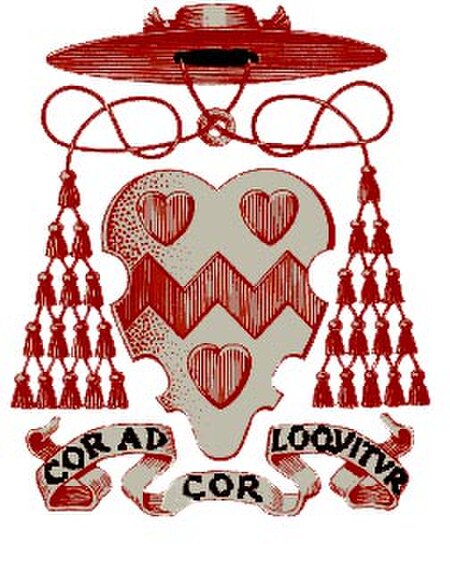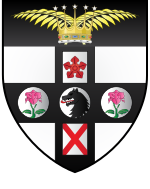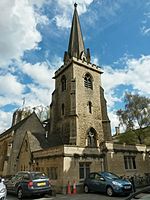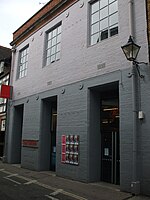The Newman Society

The Newman Society: Oxford University Catholic Society (est. 1878; current form 2012) is Oxford University's oldest Roman Catholic organization. It is a student society named as a tribute to Cardinal Newman, who agreed to lend his name to a group formed seventeen years before the English hierarchy formally permitted Catholics to attend the university. The society acquired its current form and title following the merger in 2012 of the pre-existing Newman Society and Oxford University's Catholic Society (est. 1990). It exists, according to its constitution, to 'work in conjunction with the Chaplains to support and encourage Catholic students in their Christian vocation by promoting their personal, intellectual and spiritual development, social interaction, and apostolic witness within the broader context of their university experience', and has served as the model for Catholic students societies throughout the English-speaking world.
Excerpt from the Wikipedia article The Newman Society (License: CC BY-SA 3.0, Authors, Images).The Newman Society
Brewer Street, Oxford City Centre
Geographical coordinates (GPS) Address Phone number Website Nearby Places Show on map
Geographical coordinates (GPS)
| Latitude | Longitude |
|---|---|
| N 51.749279 ° | E -1.25769 ° |
Address
Christ Church Cathedral School
Brewer Street
OX1 1QW Oxford, City Centre
England, United Kingdom
Open on Google Maps











